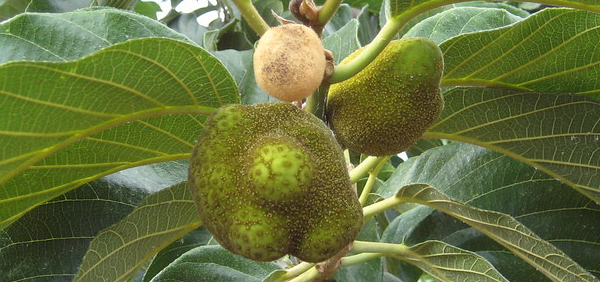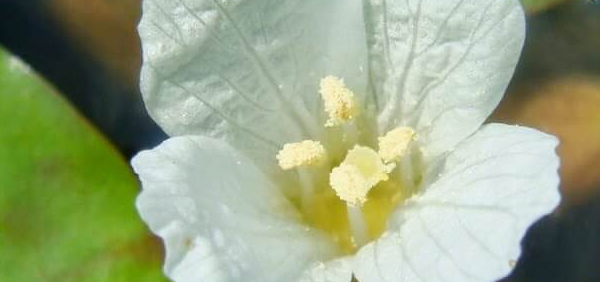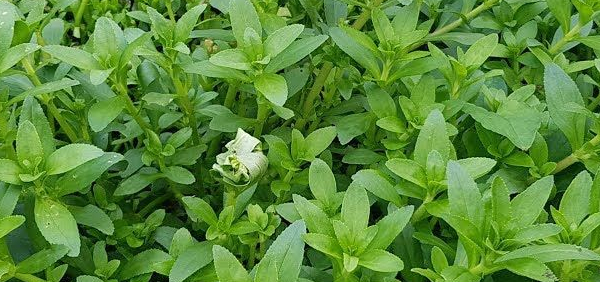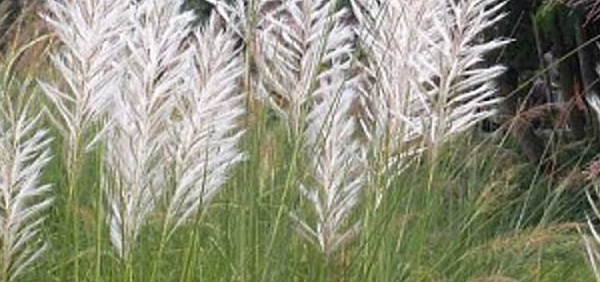guccha :
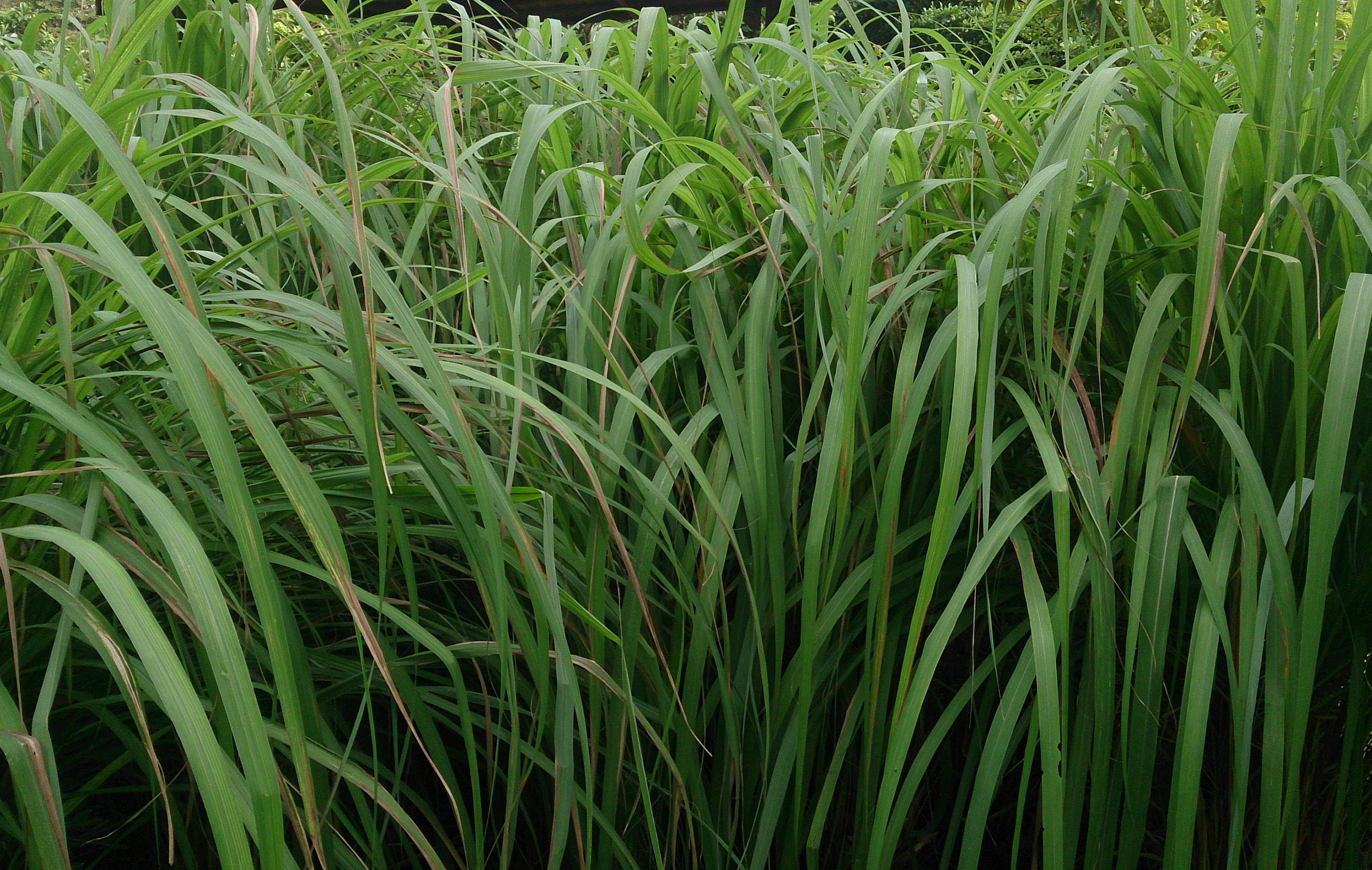 Cymbopogon is a genus of about 80 species of grasses, distributed in the
old world tropics.
Cymbopogon is a genus of about 80 species of grasses, distributed in the
old world tropics.HISTORICAL AND MYTHOLOGICAL REVIEW:
Citronella and its essential oil have been in use for more than thousands of years and were used as one of the oldest effective insect repellent even before the manufacturing of insect repellents. It was used in traditional medicine for treating menstrual problems, increased perspiration, mental fatigue, depression and as a safe repellent for pets. The Ceylon variety is considered to be the best and is called as Maha pengeri in Ceylon.Taxonomical Classification
Kingdom: Plantae - Plants
Subkingdom: Tracheobionta - Vascular plants
Superdivision: Spermatophyta - Seed plants
Division: Magnoliophyta - Flowering plants
Family: Poaceae
Genus: Andropogon
Species: Andropogon nardus
Allied species:
Cymbopogon distans (Nees) J. F. Watson Cymbopogon flexuosus (Nees ex Steudel) J. F. Watson - east indian lemongrass Cymbopogon jwarancusa (Jones) Schultes - jwarancusa grass Cymbopogon martinii (Roxb.) J. F. Watson - rosha grass Cymbopogon muricatus Cymbopogon nardus (L.) Rendle - citronella grass Cymbopogon pendulus (Nees ex Steud.) Wats. Cymbopogon refractus (R. Br.) A. Camus - barbwire grass Cymbopogon schoenanthus (L.) Sprengel - camel grass Cymbopogon tortilis (J. Presl) A. Camus Cymbopogon travancorensis Cymbopogon winterianus Jowitt - cymbopogon grassVERNACULAR NAMES
Sanskrit: gucchaEnglish: citronella , lemongrass, West Indian lemongrass, citron grass, fever grass
Hindi: gandhatran, ganjini
Telugu: nimmagaddi, Kamakshikasuvu
Bengali: gandhabena , Kamakher
Marathi: Usadhana
Gujarathi: lilacha
Tamil: vasanapullu, Kamachipillu
Malayalam: injipullu
Kannada: mallgehalu, ganga- hanchi-khaddl
Punjabi: khavi
Spanish: Pasto de camellos.Zacate limón.
Japanese: Kou suigaya, Seiron shitironera, Shitoronera, Shitoronera gurasu.
Chinese: Feng mao, Zhao wa xiang mao, La ding mei Zhou xiang mao.
French: Citronelle, Citronnelle de Ceylan
German: Ceyloncitronell, Citronellgras, Nardusgras
Burma: sabalin, Kaingbyu-mi, Myet-hmwe, Sabalin-hmwe, Singu-myet.
Sinhalese: seren
Greek: Kitronella, Lemonochorto.
Synonyms
Synonyms in Ayurveda: gucchaThe botanical genus name Cymbopogon is derived from Greek kymbe [κύμβη] boat and pogon [πώγων] beard; it refers to the boat-shaped spathes and the many-eared inflorescences which remind to a beard.
Phytochemistry:
The average yield of essential oil from C. nardus is 0,22-0.44% on air dry grass. The main constituents of oil are geraniol and citronellal, the percentage of these vary from place to place, e.g., Ceylon presently Sri Lanka variety contains total geraniol 55-65% and aldehyde as citronellal 7-15%; Java variety yields 80-92% of total geraniol and 34-46% of aldehyde as citronellal; Formosa variety yields 84.2% of total geraniol and 45.1% aldehyde as citronellal. Guatemala variety yields 85-97% of total geraniol and 28-45% of aldehyde as citronellal and Honduras variety furnishes 85-91% of total geraniol and 30-45% of aldehyde as citronellal, Java citronella oil is far superior to the Ceylon oil due to high percentage of geraniol and citronellal (Thibaud, 1954). The volatile constituents l-a-thujene, l-a-pinene, l-camphene, l-llmonene, 1- borneol and l-a-terpineol (Chakravarti and Bhatacharya, 1953; 1954), Y-cadinene and elemicin (Ghatgey ef a/,,1956) are reported in Malabar lemon grass. In Java Citronella oil, the following volatile constituents are reported (i) alcohols, e.g., isobutyl alcohol, isoamyl alcohol, 3-hexenol, n-hexanol, citronellol, geraniol (ii) aldehydes, e.g., isovaleraldehyde, furfural, benzaldehyde, citronellal, citral, vanillin, (iii) ketones, e.g., methyl heptenone, d-l-methyl-3-cyclohexanone, (iv) esters, e.g., geranyl butyrate, citronellyl citronellate, (v) phenols and phenolic ethers, e.g., eugenol, eugenol methyl ether, chavicol, (vi) terpenes e.g.,; l-limonene, dipentene, (vii) oxides, e.g., dicitronelloxide (viii) sesquiterpene alcohols, e.g., elemol, p-or y-cadinol, cymbopogol (Thibaud, 1954).Parts used for medicinal purpose
Leaves, Stem, ,Commercial value:
This essential oil is used in the manufacturing of soaps, perfumes, detergents, insecticides, soap flakes and household cleaners.Morphology:
It is a grass; 1.5-2.1 m high, copiously branched above and forming a large decompound nodding panicle. Culms up to 10 mm in diameter at the base, solid, pale polished, with black finely pubescent or glabrescent nodes; leaves narrow with conspicuous white midrib, lower about 15 mm wide, upper cauline rarely over 9 mm wide, narrowed to the base, apex filiform, glaucous beneath, glabrous except sometimes at top of sheath, with scabrous margins; ligule scarious, 22.5 mm long, glabrous or ciliate. Panicle ultimate branches strict with 2-3 peduncles and spathules from each spathe; Spathules 10 mm to about 2.5 mm, peduncles of spatheoles filiform 13-18 mm very shortly exerted from the spathe; spikes soon strongly reflexed on their common 10 mm, long peduncle, base swollen ciliate, spikes 10-13 mm long unequally pedicelled, joints and pedicles rather slender 2-2.25 mm not elavate (tip only dilated and toothed), villous, sessile spikelet, not tightly squeezed between joint and pedicel not covered by their hairs, 4-5 mm long, glume 1 oblong - lanceolate, flat or slightly concave below, hyaline and neiveless or with 2 green nerves between the keels which are not or very narrowly winged above the middle, scabrous and slightly excurrent, proper margins inflexed throughout (Kirtikar & Basu, 1994).General Use:
The infusion of the leaves is used as a stomachic and carminative. The oil possesses stimulant, carminative, antispasmodic and diaphoretic properties. It Is used as rubefacient and widely in perfumery, for scenting soaps, varnishes, insecticides, spraying liquids, disinfectants and shoe polishes. In Combodia, the flowers are considered bechic and diaphoretic, where as roots are used as a diuretic, sudorific, anti-periodic (Kirtikar and Basu, 1994).Therapeutic Uses:
It is mild astringent, rubefacient, antiseptic, antibacterial and antifungalSystemic Use:
It is used almost exclusively in combinations for disorders and discomforts of muscle pain and neuralgia, various nervous disturbances and for conditions of exhaustionAdministration:
Essential oils are extracted from the aerial parts, and are applied topically as an insect repellent.Pharmacological:
Clinical trials:
- Kokate. C.K and Verma, K.G. A note on the Antimicrobial activity of volatile oil of Cymbopogon nardus (Linn.) Rendle and C.citratus Staff. Sci. Cut., 37,196- 198,1971.
- Manzoor i Khuda, M.; Rahman. M.; Yusuf. M.; Chaudhry, J.U. Essential Oils of Cymbopogon Species of Bangladesh. J. Bangladesh Acad. Sc/.. 8 (2), 77- BO, 1984.
Research:
- Mathela, C.S. and Sinha, G.K.. Study of Essential Oil of Cymbopogon nardus, var. Stracheyi, J. Indian Chem. Soc. LV. 621-22, June, 1978.
- Paul, V. and Handa, K.L. Composition of citronella oil obtained from plants raised in Jammu & Kashmir, Indian Oil, Soap, J., 25 (7), 246-247, Jan, 1960,
- Vermin, G. and Petitjean, M. The Chemistry of Heterocyclic Flavouring arid Aroma Compounds, Ellis Horwood, p. 305, Chichester 1982
- .
Precautions:
Toxicity studies:
There have been reports of allergic reaction to citronella oil.Use in other system of medicine:
KEY WORDS: guccha , Andropogon nardus Linn.
- » Classification and names of guccha
- » Synonyms and definitions of guccha
- » Drug Properties of guccha
- » Chemical Constituents of guccha
- » Standardization of guccha
- » Parts used and Dosage of guccha
- » Morphology and Histology of guccha
- » Distribution and Conservation of guccha
- » Cultivation of guccha
- » guccha in the market
- » Medicinal Uses of guccha
- » Researches and clinical trails of guccha
- » guccha in other sytems of medicine
- » Ayurvedic formulations with guccha
- » Images of guccha



